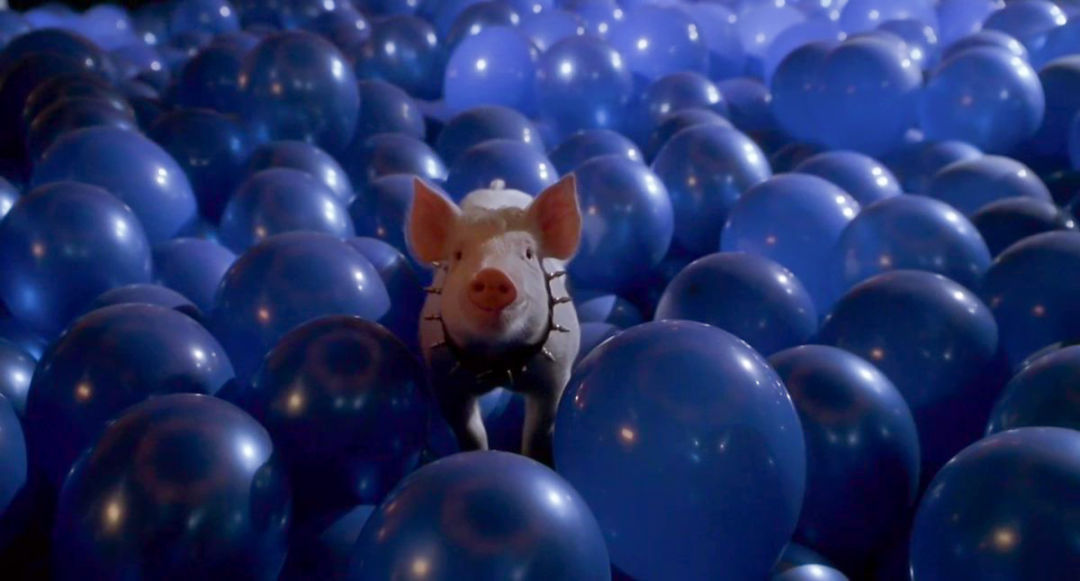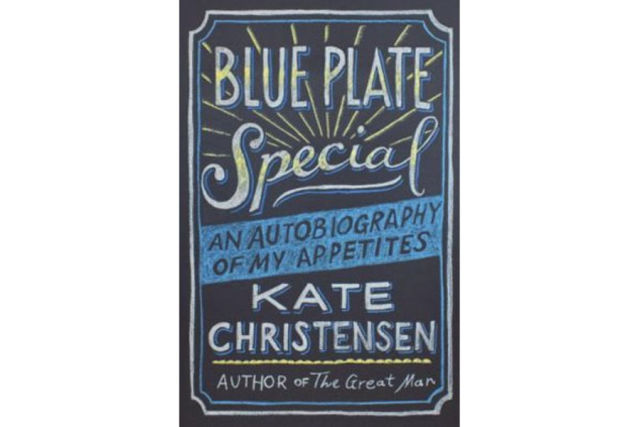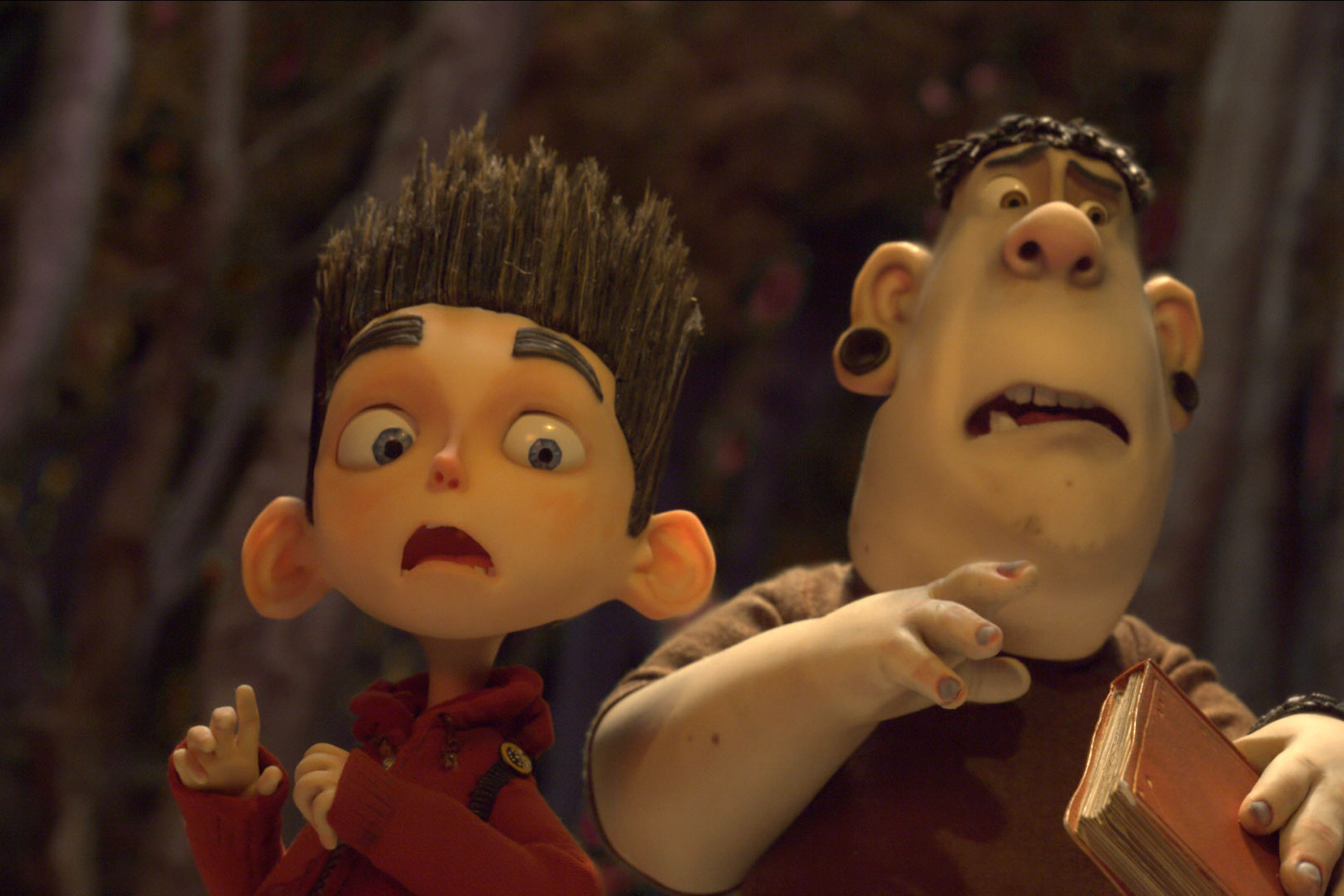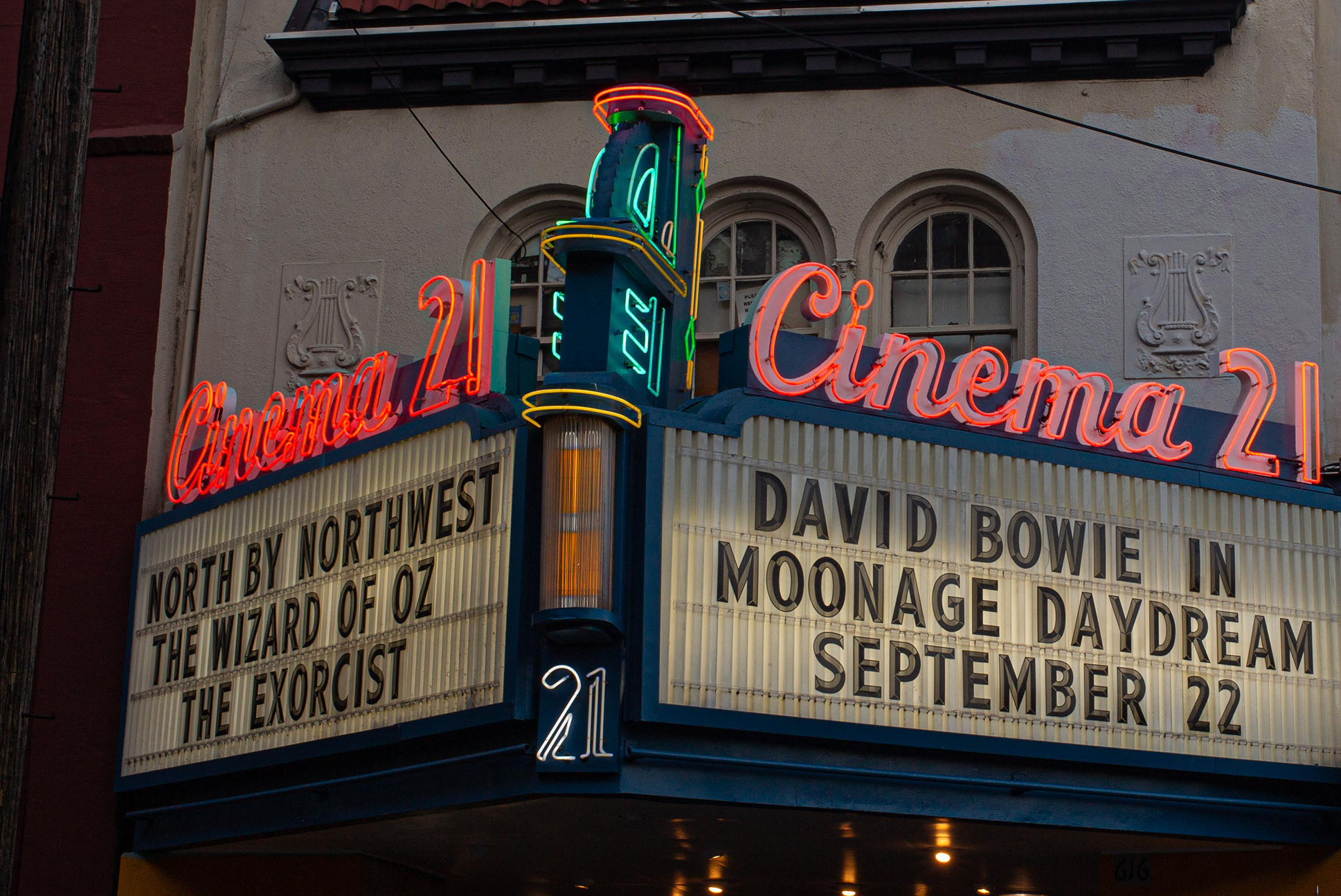What to Read, Watch, and Listen to to Take Your Mind off the Apocalypse: Week of April 8

A still from George Miller's Babe: Pig in the City (1998)
Image: Courtesy Universal Pictures
News about coronavirus is coming hard and fast, and the Portland Monthly staff is working to bring you up-to-date information about how the crisis is affecting Portlanders. It’s vital we all stay informed and figure out how to help each other through this surreal, challenging moment.
It’s also vital that we take some breaths. Every week, in lieu of a “top things to do this weekend” post, we’re going to pause and share the pandemic-free content that’s keeping us sane (or somewhere close).
Blue Plate Special

Image: Courtesy Doubleday
Brooklyn Nine-Nine
Double Feature: Never Rarely Sometimes Always and Babe: Pig in the City
Eliza Hittman's harrowing abortion drama and George Miller's sequel to one of the most beloved family films of the ’90s are not, shall we say, an intuitive pairing. I didn't set out to watch them back-to-back this week, but I did, and now I can't stop thinking about how well they complement one other.
Never Rarely Sometimes Always had just hit theaters before public gatherings went the way of the dodo, so Focus Features pivoted it to home streaming (rent it on Amazon here). After falling under the spell of Hittman's last feature Beach Rats, I'd been hyped on this film for months, and it did not disappoint. Newcomer Sidney Flanigan plays Autumn, a stoic 17-year-old girl in central Pennsylvania who, after learning she's pregnant, travels to New York City with her cousin to skirt PA's strict abortion laws. Hittman is unsparing but never melodramatic: she turns her characters' trek into a sort of everyday thriller, highlighting the bureaucracy of young womanhood as Autumn and her cousin dodge unseemly men and jump through dehumanizing medical hoops in search of basic safety and comfort. It's not a cozy watch, but it's probably the best thing I've seen so far this year.
Babe: Pig in the City (streaming on HBO with its gentler predecessor) is... different. A legendary box office bomb in 1998 (it lost more than $20 million during its theatrical run), it's puzzling as a sequel to Babe and absolutely stunning as a standalone George Miller film. Mad Max: Fury Road be damned—this is the Australian auteur's masterpiece. After a brief prologue, it follows the pig and Mrs. Hoggett to a gorgeous, eye-popping every-city filled with violence and wonder and Venetian canals. Ostensibly a children's film, Pig in the City clocks a series of visual references to Nicholas Roeg's legendary erotic horror flick Don't Look Now and amounts to a treatise on urban alienation that rivals Terry Gilliam's Brazil for pure brains and visual splendor. It's genuinely scary, and genuinely sad, and it features a nightmare-inducing Mickey Rooney as a vomit-encrusted clown named Fugly (plus a pink poodle going full Blanche DuBois).
So what makes it good? Unlike so much family fare, it earns its message: in pulling no punches about the harshness of its world, Babe's commitment to kindness rings with real courage. He bands downtrodden urban-dwellers together by insisting that their lives aren’t in competition—a potentially hackneyed "stronger together" message that Miller infuses with genuine heft. That's the link to Never Rarely Sometimes Always: in her film, Hittman never lets us forget how much worse everything would be if her protagonists weren't side by side. Her New York, like Miller's Metropolis, is baffling and full of threats; at several points, Autumn dares her cousin to retreat home, but she never does. The girls' silent partnership is the soul of the movie.
Hittman's film is certainly more urgent, and its message should stir the kind of righteous anger that galvanizes viewers to change the world—Miller's is mostly just pretty and surprising. Both, though, offer a balm for the moment. They stare unsparingly into hardship and say, in no uncertain terms: Join hands. It's the only way through. –Conner Reed, Arts & Culture Editor
Murder, She Wrote
I should preface this by saying I don’t like violent things. I watched one episode of Game of Thrones and they hurt a wolf and I never watched another second. You can’t pay me to go to horror movies. I recall getting so scared about Chucky in Child’s Play as a child that I’ve carried a healthy fear of dolls with me for three decades.
So. Indulge me when I say the greatest thing to binge and forget life with is Murder, She Wrote. The show was so loved in its heyday that the reliable formula whodunit ran for twelve freaking years. Yes, each episode there is a “murder.” And I use quotes because sometimes there’s just a shadow and a noise; sometimes a dead body that still is clearly breathing gets rolled over. If I, a person who was worried the Twilight films would be too scary for a nighttime viewing, can handle it, you can. Plus, all is leveled out when the genius of Angela Lansbury, an international treasure, takes over. As Jessica Fletcher, a widowed famous novelist who reminds every one she doesn’t need a man (feminist icon?), she turns down romantic advances, travels the word, relies on her smarts, and regularly stands up for things she believes are right and true without ever judging anyone.
The steady stream of guest stars is an entire category of joy to itself. See young Joaquin Phoenix, Jerry Orbach (or as comedian John Mulaney calls him, “the man who put Baby in a corner”), Tippi Hedren, Cynthia Nixon, and on and on. Hell, there was even a crossover episode with Magnum P.I. where Lansbury’s character helps clear Magnum’s (and Tom Selleck’s mustache) name of murder charges!
In summary, the next Knives Out won’t be here for a couple of years. You’ve got hundreds of episodes of the original Knives Out to keep you entertained until then. You’re welcome. –Eden Dawn, Style Editor
Fleabag: Live Onstage
Forget the hot priest. Ha! As if! Nobody who has watched Season 2 of Fleabag will be doing that in a hurry. But pause for a second and recall that before there was a Season 2 of Phoebe Waller-Bridge’s banger of a comedy Fleabag, before even those first deep breaths and “you know that feeling?” opening lines of Season 1, there was a one-woman theater show. Reviews of its 2013 debut at the Edinburgh were mixed: the Guardian’s Lyn Gardner appeared mildly dismayed; the Daily Telegraph’s Laura Barnett said it grew wearisome. But then it morphed into what is arguably the best television series of all time (ahem, “not for everyone,” per my colleague Ben Tepler), and the critics had a different reaction.
Waller-Bridge’s stage show has since been drowning in accolades—see the New York Times’s Ben Brantley declaring last year’s the Off-Broadway production as throbbing “with a concentrated, combustible vitality.” And now those of us chagrined at having to wade through corona times without Fleabag to look forward to have a chance to take in the stage version. For two weeks from this Friday, we’ll be able to watch the OG production stateside via Amazon Prime, with all proceeds going to charity. With 48 hours still to go, take this wasteland of time to binge its 12 glorious TV episodes all over again. And if by some grace of the furies you still haven’t watched it at all, know that I am consumed with envy and wish you a grudging godspeed. To recap: Hair is everything. –Fiona McCann, Senior Editor-at-Large
Lord of the Rings: The Fellowship of the Ring
Better Call Saul
No one saw this coming: a prequel to the legendary neo-crime drama Breaking Bad, minus the show's two iconic characters—meek chemistry teacher/secret meth kingpin Walter White and his endearing, slacker sidekick Jesse Pinkman—would emerge, slowly and brilliantly, over five lovingly detailed seasons, as one of life's essential bon bons. Turns out, the backstory of Breaking Bad's other characters (and the lead-up to how all their paths will all cross in that show) is as rich as the original tale.
That includes the transformation of White's fast-quipping lawyer from a happy-go-lucky guy named Jimmy McGill into the scammer known as Saul Goodman. I loved the pulse-pounding scenes that reveal how Breaking Bad's fearsome “Don Hector” became the bell-ringing, wheelchair-bound, speech-impaired cartel boss whose can't speak but expresses his rage through wild nostril flares. All in all, this is master world-building, each episode as detailed, character-rich and darkly humorous as a Coen brothers film. Here, in Saul's' sun-parched Albuquerque, as cotton-candy clouds drift in blue skies over fast-food chicken joints and soulless law firms, the cinematography is a character with its own voice, revealing visual secrets and tell-tale character traits in ways you're unlikely to forget. –Karen Brooks, Food Editor & Critic





